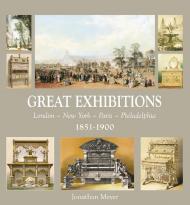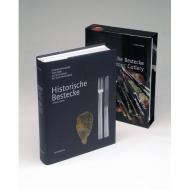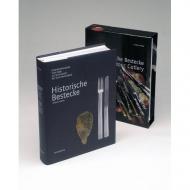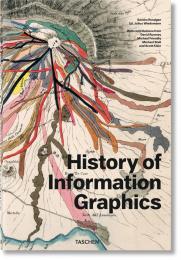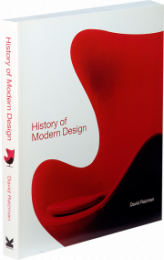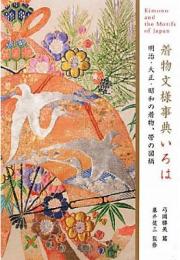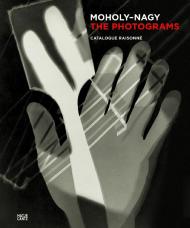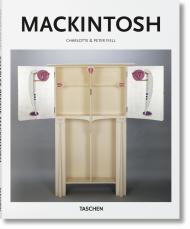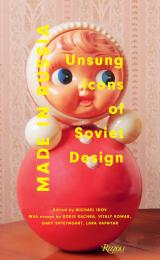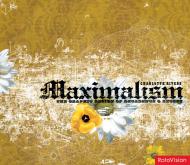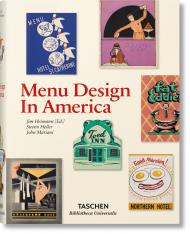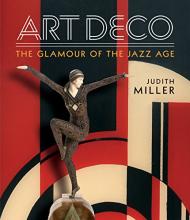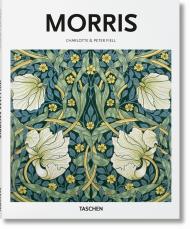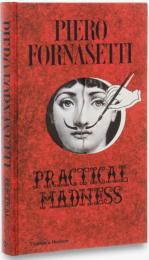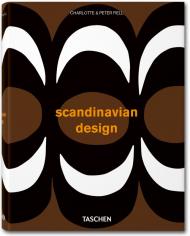ILLUSTRATIONS: 94 col., 718 b&w
The Great Exhibition at the Crystal Palace in London in 1851 was the first of a series of international exhibitions that have continued, in one form or another, to the present day. The content of these exhibitions gave nations and individual companies of the world the opportunity to display their specialised skills and present new ideas and products to a much wider public.
In this book, Jonathan Meyer looks at major international exhibitions held during the nineteenth century and focuses on the important changes taking place at this time, in both society and design. He examines the enormous impact of the Industrial Revolution and how it came to influence the decorative arts, through changes in machinery and scientific methods.
This book contains a wide-ranging and striking collection of illustrations, mostly from contemporary sources, providing the reader with a very good idea of the exceptionally high quality of inventiveness and workmanship displayed by the manufacturers and their exhibits. Examples discussed and illustrated cover most areas of manufacture and include ceramics; silver and metalwork; furniture; cast iron and garden furniture; chandeliers and candelabra; clocks; bronze ornament; textiles; chimney-pieces and interior design.
